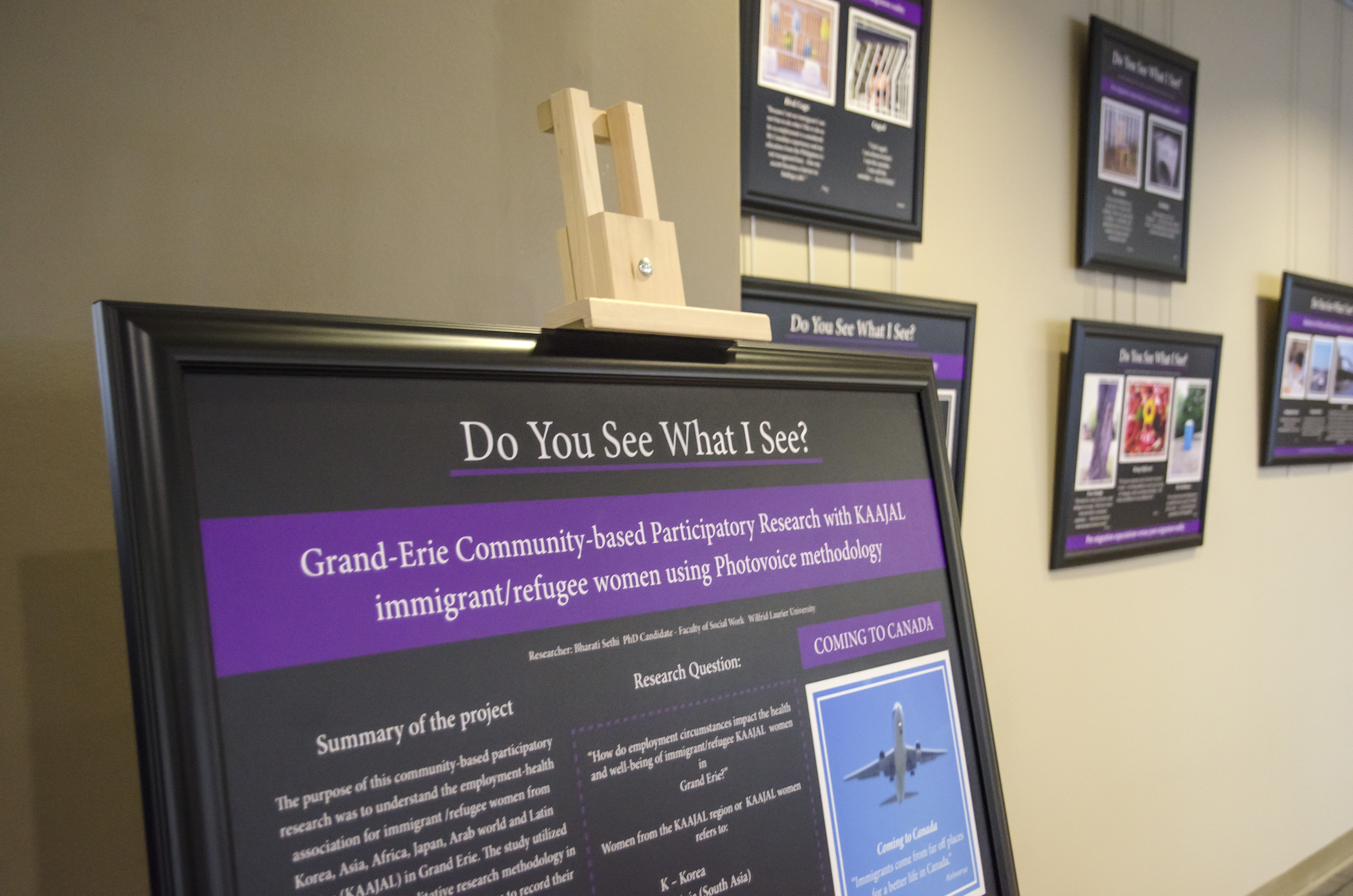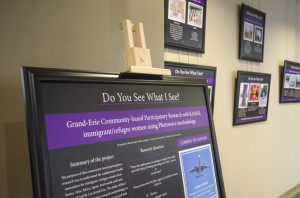Fostering a culture for research

The Library will hold an exhibit of graduate students’ academic research in creative platforms

The Wilfrid Laurier University Graduate Students’ Association has a new outlet to present the work of its students on Waterloo’s campus.
The GSA in collaboration with the Library and Student Affairs will be featuring work by members of the Laurier community, starting on Sept. 25 with the work of PhD candidate in the university’s faculty of social work, Bharati Sethi.
The goal is to bring staff, students and the community together to create an intellectual culture at the university.
“What we were thinking was that there was no spot on the university campus where students can display not only their work and have other staff, faculty, students and undergraduate students engage with that, but there also wasn’t a place on campus where there was that development of culture,” said Robert Bruce, president of the GSA.
The space will fill the gaps outlined by Bruce and will allow students in their post-graduate and PhD studies to engage with the work of their colleagues.
The research will be on display on the main floor of the Library near the glass panes.
It is in a “very prominent” spot, Bruce said, where there is constant traffic by students and staff.
“This is so valuable to graduate students because I am engaging with the dissertation of the PhD students at Laurier, taking away not only meaning … but also understanding what they’ve been trying to achieve,” Bruce said.
Sethi’s work, which is the first research by a graduate student to be on display, is a creative and innovative way to feature academic work.
Her show, entitled “Do you see what I see?” uses photography to explore the experience of immigrants at an employment health association in Brantford.
Her work was originally featured at the Yellow Brick Wall Exhibition Venue at the Brantford campus, but Bruce wanted to bring it to Waterloo’s campus as well.
“It’s becoming imperative that grad students and PhD students find [a new outlet],” Sethi explained. “If you’re looking at creating social change, it’s imperative that you find innovative ways to publish our papers and portray our research.”
Sethi emphasized knowledge translation, which is being able to convey academic findings in creative outlets. By using photographs, she is able to portray the issues of immigrant demographics in Brantford, as well as Waterloo.
“Waterloo is still very white, and I think the topic area — I’m hoping — will shed light on researchers, academics, as well as students about immigrant issues,” she said.
Sethi also emphasized the use of the space in the Library, explaining that having the exhibit in a high-traffic space will give students and staff the opportunity to tour the experiences of the immigrant population — and give the “big decision makers” at Laurier a chance to see the research.
“I don’t want to preach to the already-converted. So I hope that not only the students or the academics come, but the big decision makers as well.”
The grand opening of the exhibit will be Thursday from 3:30 p.m. to 5 p.m. and the exhibit will run for approximately eight weeks.
The goal, Bruce said, is to allow four different projects to circulate over a 12-month period, displaying graduate studies, staff projects, grad studies again and community endeavours.
Bruce says this is a five-year project and was originally brought forward in his platform for GSA president. He hopes to make it a permanent component of the graduate student experience.
“[It’s about] building a culture and uniting the bridges between community, staff and students,” Bruce said.


